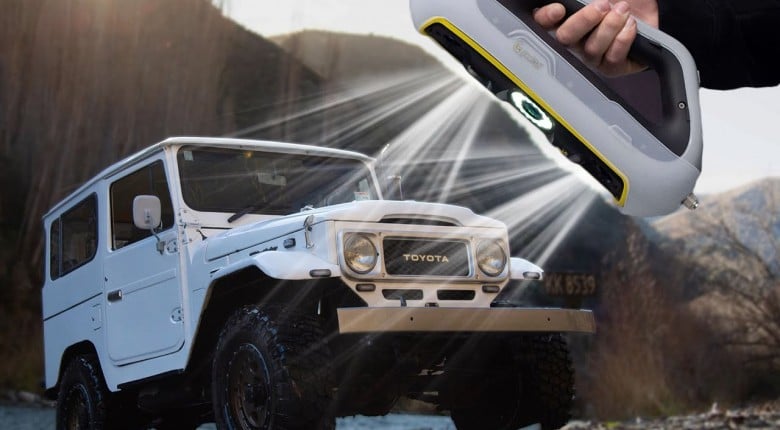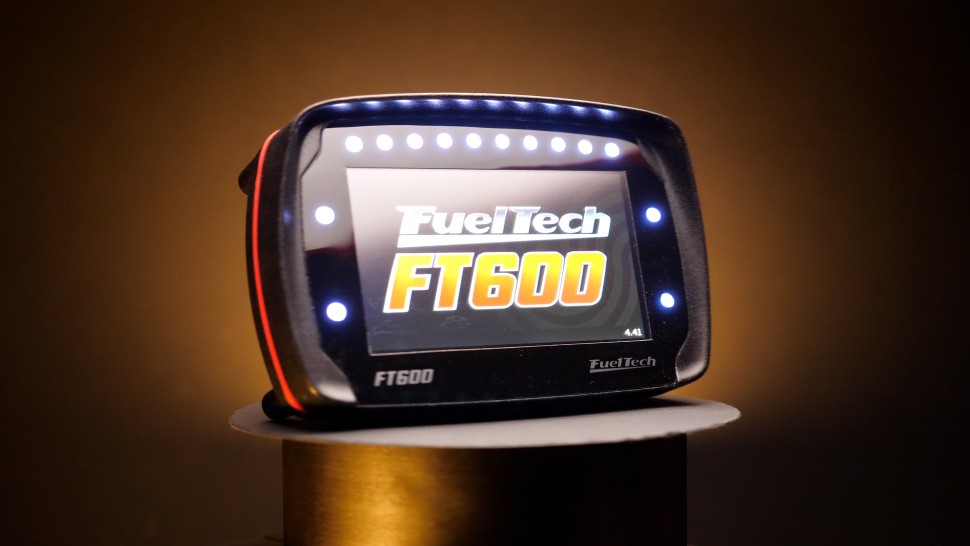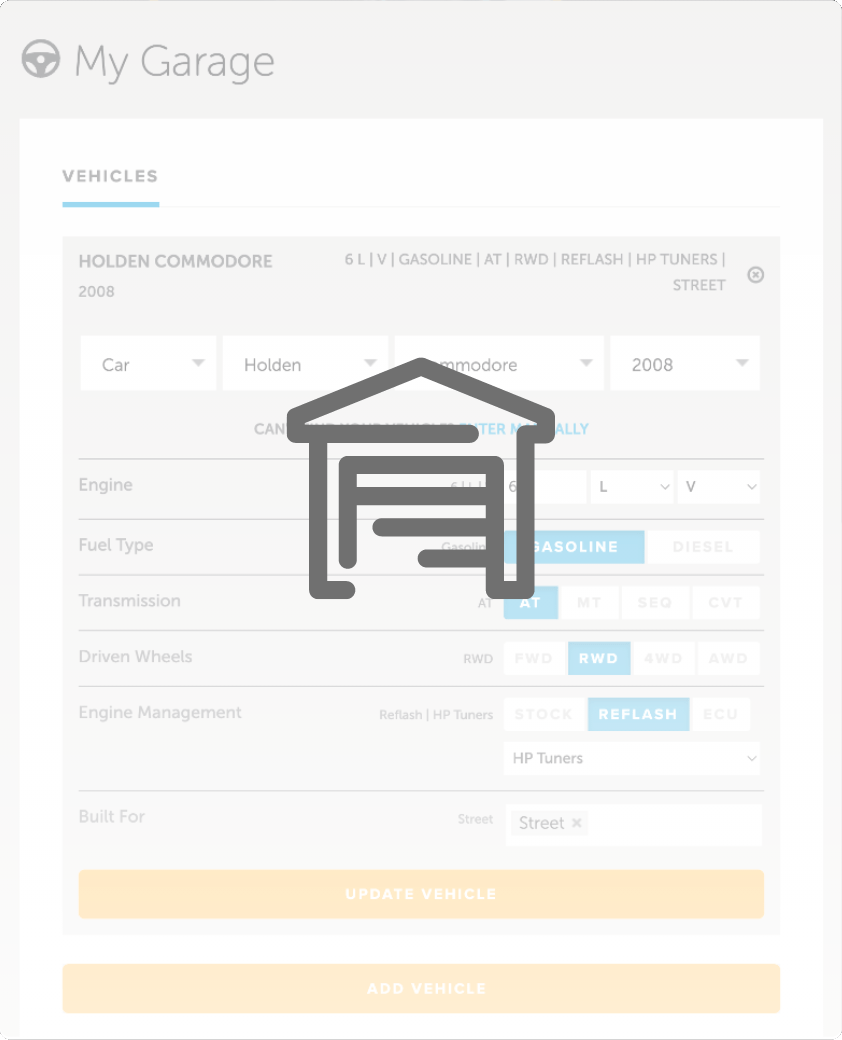Tired of measuring, cutting, and hoping it fits? 3D scanning takes out the guesswork and can save you hours of trial and error on your next sheet metal project. Here's how it works from initial scan to final weld.
In this video, we follow the full process step by step process of building a custom battery box using 3D scanning, CAD modelling, laser cutting, CNC folding, and TIG welding. Starting with a scan from the Peel 3, the design is taken into Fusion 360 for modelling, exported as a DXF, then cut and folded before being TIG welded and finished for a seamless look.
Along the way, Brandon shares tips on scanning technique, including how to use positioning targets and how to tell if your scanner is the right distance from the surface, a very common beginner's mistake to forget about.
Whether you're learning CAD or looking to improve your fabrication workflow, as shown here on this FJ40 restomod project. What are you working on, or what would you like to see covered next?
------------------------------------
TIMESTAMPS
0:00 - Sheet Metal Project
0:10 - Step 1: 3D Scan
0:14 - 3D Scanner Options
0:25 - Positioning Targets
0:40 - Scanning Distance
0:45 - Getting It Into CAD
1:18 - Mesh Section Sketch Work
2:14 - Sheet Metal Flat Pattern
2:22 - Learn How To Do This Yourself
2:29 - Laser Cut: 3rd Party Manufacturer
2:37 - CNC Folding
2:48 - Parts & Final Product
3:09 - Why TIG?
3:15 - Tools Used
3:20 - 3 Step Process
3:45 - Seamless Finish
4:08 - What Are YOU Building?







Comments
- fnfOzvSR Åland Islands
36 days ago
- fnfOzvSR Åland Islands
36 days ago
- fnfOzvSR Åland Islands
36 days ago
- fnfOzvSR Åland Islands
36 days ago
- fnfOzvSR Åland Islands
36 days ago
- fnfOzvSR Åland Islands
36 days ago
- fnfOzvSR Åland Islands
58 days ago
- fnfOzvSR Åland Islands
58 days ago
- LmMqtzme Åland Islands
3 months ago
- LmMqtzme Åland Islands
3 months ago
- LmMqtzme Åland Islands
3 months ago
- LmMqtzme Åland Islands
3 months ago
No one has commented on this page yet.